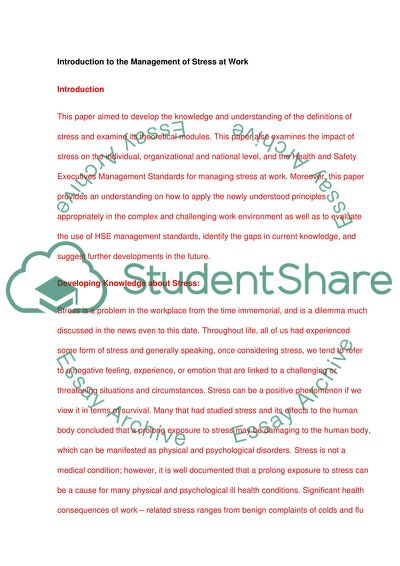Cite this document
(“The management of stress at work Assignment Example | Topics and Well Written Essays - 4250 words”, n.d.)
Retrieved from https://studentshare.org/health-sciences-medicine/1395802-the-management-of-stress-at-work
Retrieved from https://studentshare.org/health-sciences-medicine/1395802-the-management-of-stress-at-work
(The Management of Stress at Work Assignment Example | Topics and Well Written Essays - 4250 Words)
https://studentshare.org/health-sciences-medicine/1395802-the-management-of-stress-at-work.
https://studentshare.org/health-sciences-medicine/1395802-the-management-of-stress-at-work.
“The Management of Stress at Work Assignment Example | Topics and Well Written Essays - 4250 Words”, n.d. https://studentshare.org/health-sciences-medicine/1395802-the-management-of-stress-at-work.


